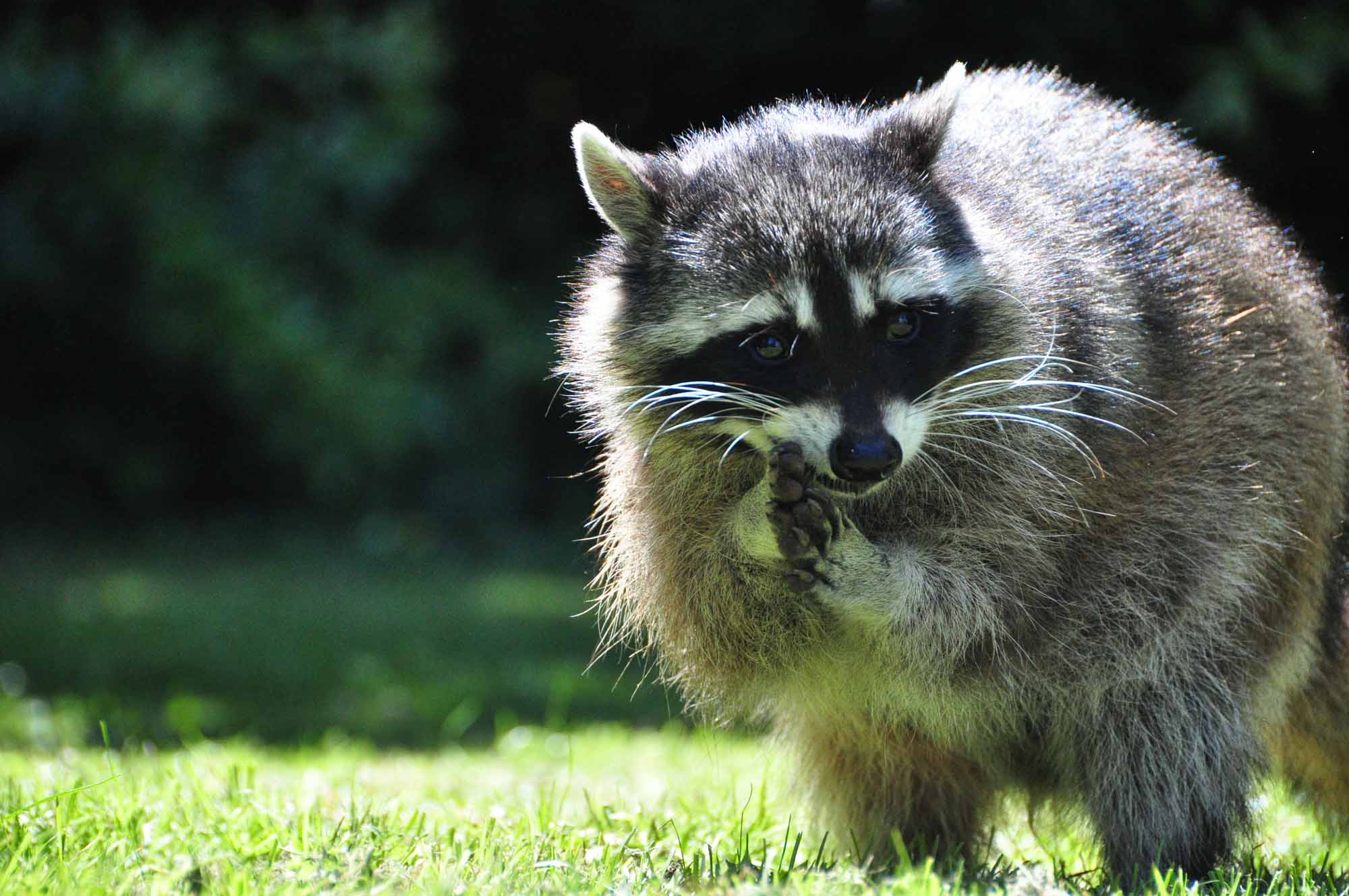Article
Pumpkin
Pumpkin is a common name for squash with large, orange fruits.

Enter your search term
Signing up enhances your TCE experience with the ability to save items to your personal reading list, and access the interactive map.
Create Account"https://www.thecanadianencyclopedia.ca/images/tce_placeholder.jpg?v=e9dca980c9bdb3aa11e832e7ea94f5d9" // resources/views/front/categories/view.blade.phphttps://www.thecanadianencyclopedia.ca/images/tce_placeholder.jpg?v=e9dca980c9bdb3aa11e832e7ea94f5d9

Article
The purple martin (Progne subis), is the largest (14.4-14.9 cm) and most urbanized of Canadian swallows, and is the northernmost representative of an otherwise tropical New World genus.
"https://d3d0lqu00lnqvz.cloudfront.net/media/media/3daca860-bce1-4a0a-adca-f38379476d10.jpg" // resources/views/front/categories/view.blade.phphttps://d3d0lqu00lnqvz.cloudfront.net/media/media/3daca860-bce1-4a0a-adca-f38379476d10.jpg

"https://www.thecanadianencyclopedia.ca/images/tce_placeholder.jpg?v=e9dca980c9bdb3aa11e832e7ea94f5d9" // resources/views/front/categories/view.blade.phphttps://www.thecanadianencyclopedia.ca/images/tce_placeholder.jpg?v=e9dca980c9bdb3aa11e832e7ea94f5d9

Article
Quail is the name most commonly applied to an Old World species, Coturnix coturnix, of chickenlike birds.
"https://d3d0lqu00lnqvz.cloudfront.net/media/media/9db636ff-cae0-464f-ad48-190866eaeb66.jpg" // resources/views/front/categories/view.blade.phphttps://d3d0lqu00lnqvz.cloudfront.net/media/media/9db636ff-cae0-464f-ad48-190866eaeb66.jpg

Article
Between about 100 000 and 12 000 years ago, the whole area of Québec as well as a major part of the northern hemisphere was covered with a thick layer of ice. In the late PLEISTOCENE era, just over 12 000 years ago, Québec underwent a gradual warming of the atmosphere.
"https://d3d0lqu00lnqvz.cloudfront.net/media/media/e3cfe0fb-4ec8-418c-b14c-582f156d72a1.jpg" // resources/views/front/categories/view.blade.phphttps://d3d0lqu00lnqvz.cloudfront.net/media/media/e3cfe0fb-4ec8-418c-b14c-582f156d72a1.jpg

Article
The queensnake (Regina septemvittata) is a small, non-venomous snake. In Canada, queensnakes are found in Southern Ontario. (See also Snake Species in Canada.) Their range continues south through the Eastern United States, as far as Florida. Queensnakes are semi-aquatic and are commonly found near flowing fresh water, where they almost exclusively feed on freshly moulted crayfish. Queensnakes are endangered, according to the Committee on the Status of Endangered Wildlife in Canada. They are threatened by habitat loss and may be negatively impacted by the introduction of non-native crayfish species.
"https://d3d0lqu00lnqvz.cloudfront.net/Queensnake/QueensnakeBelly.jpeg" // resources/views/front/categories/view.blade.phphttps://d3d0lqu00lnqvz.cloudfront.net/Queensnake/QueensnakeBelly.jpeg

Article
The Quill Lakes are three connected saline lakes in southeastern Saskatchewan. They are located 150 km north of Regina and 152 km east of Saskatoon. From west to east the lakes are named Big Quill, Middle Quill (also known as Mud Lake) and Little Quill. Despite its name, at 181 km2 Little Quill is the second largest of the three lakes. Big Quill is the largest at 307 km2. The Quill Lakes’ elevation is 516 m.
"https://www.thecanadianencyclopedia.ca/images/tce_placeholder.jpg?v=e9dca980c9bdb3aa11e832e7ea94f5d9" // resources/views/front/categories/view.blade.phphttps://www.thecanadianencyclopedia.ca/images/tce_placeholder.jpg?v=e9dca980c9bdb3aa11e832e7ea94f5d9

"https://d3d0lqu00lnqvz.cloudfront.net/media/media/586d568c-cc8d-4d40-b4f4-58504bd7fadf.jpg" // resources/views/front/categories/view.blade.phphttps://d3d0lqu00lnqvz.cloudfront.net/media/media/586d568c-cc8d-4d40-b4f4-58504bd7fadf.jpg

Article
Rabbit farming, officially called cuniculture (from the species name for wild rabbits, Oryctolagus cuniculus), is a small part of Canadian agriculture, with most production in Ontario and Québec.
"https://d3d0lqu00lnqvz.cloudfront.net/media/media/cb6c0bcf-d5f4-46aa-be4f-5de63ae493dd.jpg" // resources/views/front/categories/view.blade.phphttps://d3d0lqu00lnqvz.cloudfront.net/media/media/cb6c0bcf-d5f4-46aa-be4f-5de63ae493dd.jpg

Article
The common raccoon (Procyon lotor) is a mid-size mammal distinguished by its black face mask and ringed tail. It is a member of the Procyonidae, a primarily tropical family of omnivores native to the Americas — and the only one of this family found in Canada. Raccoons are found in every province except Newfoundland and Labrador. A nocturnal species, it is highly adaptable and can survive in urban areas as well as wilderness habitats. Humans often consider raccoons pests due to their skill and persistence in raiding garbage bins, gardens and crops for food.
"https://d3d0lqu00lnqvz.cloudfront.net/media/media/cf43c7c3-7d5d-4527-943f-f3fa994ff84d.jpg" // resources/views/front/categories/view.blade.phphttps://d3d0lqu00lnqvz.cloudfront.net/media/media/cf43c7c3-7d5d-4527-943f-f3fa994ff84d.jpg

Article
Racoon was a 26-gun British sloop of war sent to seize Astoria, the American Pacific Fur Company post at the Columbia River mouth, and to establish an outpost there during the War of 1812.
"https://www.thecanadianencyclopedia.ca/images/tce_placeholder.jpg?v=e9dca980c9bdb3aa11e832e7ea94f5d9" // resources/views/front/categories/view.blade.phphttps://www.thecanadianencyclopedia.ca/images/tce_placeholder.jpg?v=e9dca980c9bdb3aa11e832e7ea94f5d9

Article
Radish (Raphanus sativus) is a hardy annual or biennial vegetable belonging to the Cruciferae family. Roots are mostly rounded with a red exterior and white, acrid flesh.
"https://d3d0lqu00lnqvz.cloudfront.net/media/media/876c15d2-b9d3-4c88-9be3-a60d0814c851.jpg" // resources/views/front/categories/view.blade.phphttps://d3d0lqu00lnqvz.cloudfront.net/media/media/876c15d2-b9d3-4c88-9be3-a60d0814c851.jpg

Article
Ragweed is an annual or perennial plant of the genus Ambrosia, family Compositae or Asteraceae. Fifteen species are native to North America; 3 occur across Canada: common ragweed (A. artemisiifolia), perennial ragweed (A. coronopifolia) and giant ragweed (A. trifida).
"https://www.thecanadianencyclopedia.ca/images/tce_placeholder.jpg?v=e9dca980c9bdb3aa11e832e7ea94f5d9" // resources/views/front/categories/view.blade.phphttps://www.thecanadianencyclopedia.ca/images/tce_placeholder.jpg?v=e9dca980c9bdb3aa11e832e7ea94f5d9

"https://www.thecanadianencyclopedia.ca/images/tce_placeholder.jpg?v=e9dca980c9bdb3aa11e832e7ea94f5d9" // resources/views/front/categories/view.blade.phphttps://www.thecanadianencyclopedia.ca/images/tce_placeholder.jpg?v=e9dca980c9bdb3aa11e832e7ea94f5d9

Article
Central US lows, entering Canada somewhere between Manitoba and Québec, are of major environmental significance because they pass through the industrial heartland of the US and frequently bring ACID RAIN.
"https://d3d0lqu00lnqvz.cloudfront.net/media/media/d32eb943-b421-42f4-bb17-0d8dbdeb99d9.jpg" // resources/views/front/categories/view.blade.phphttps://d3d0lqu00lnqvz.cloudfront.net/media/media/d32eb943-b421-42f4-bb17-0d8dbdeb99d9.jpg
